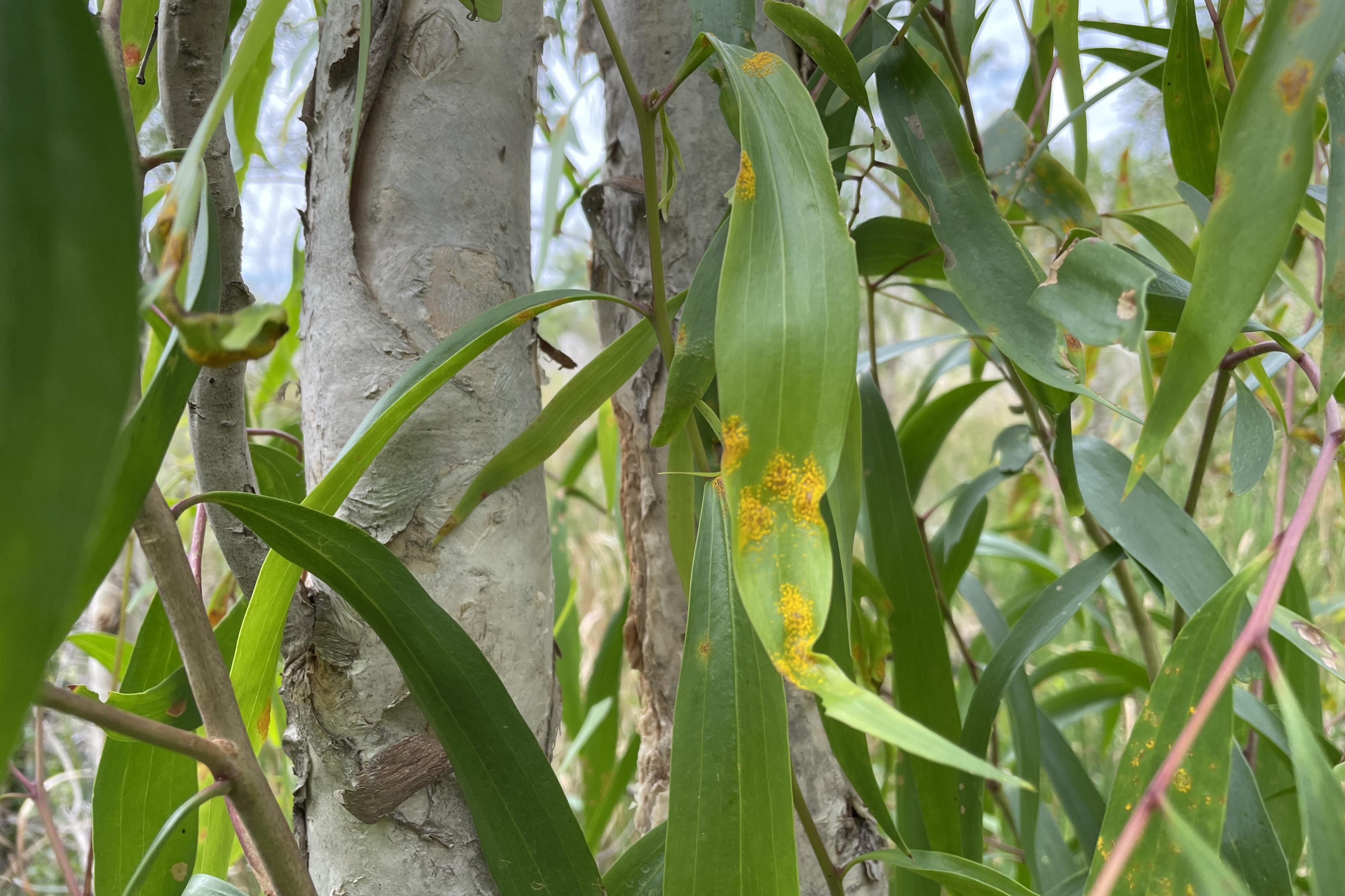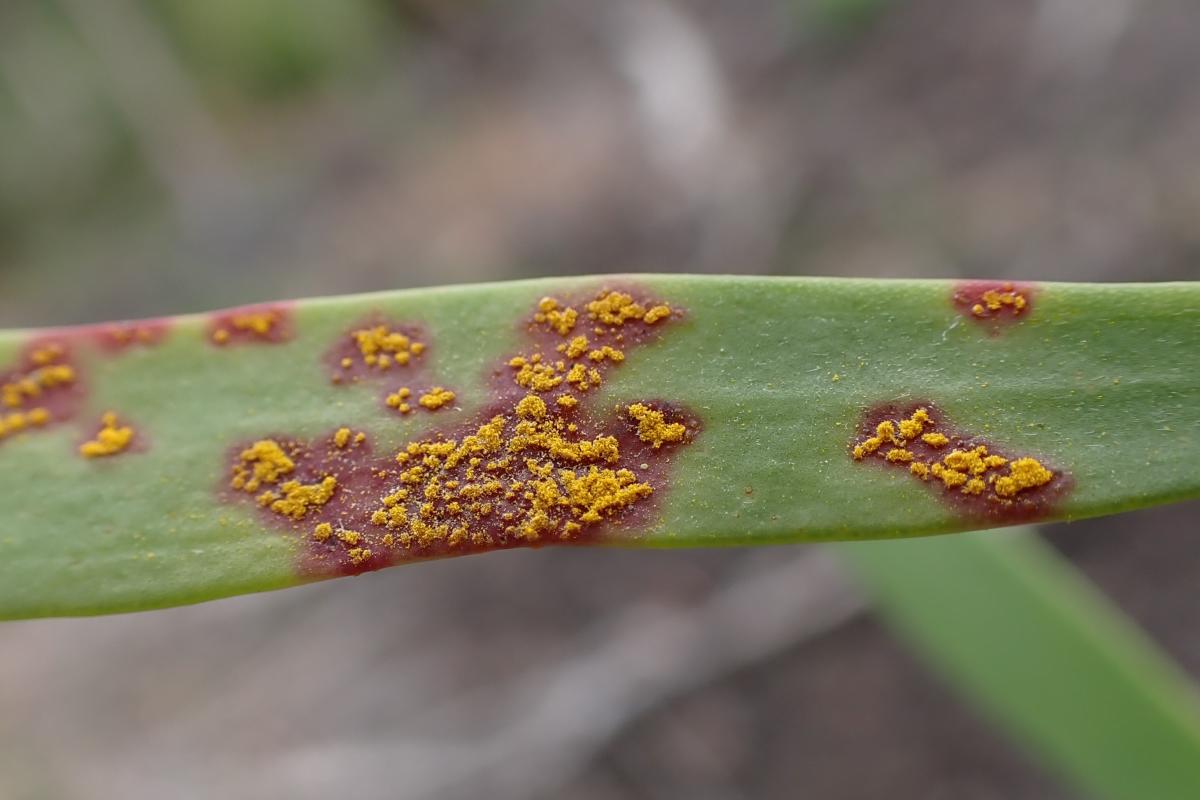Biosecurity alert – help stop the spread of myrtle rust
Myrtle rust is a plant disease which has been detected in WA’s Kimberley region and is a major concern for WA’s native plants.
We are calling on all wildflower enthusiasts, bushwalkers, mountain bikers, birdwatchers and travellers to look for and report plants with signs of myrtle rust and to take precautions when travelling in and out of northern WA to reduce the spread of myrtle rust into other parts of the state.
Myrtle rust is a highly invasive fungal disease of Myrtaceae plants which include peppermint trees, Geraldton wax, eucalypts, melaleucas, and bottlebrushes.
It was first introduced to Australia in 2010 and is now widespread along the east coast from southern New South Wales to far north Queensland and into the Northern Territory. It has been found in production nurseries in Victoria and north-west coast rural properties in Tasmania.
The disease is spread mostly via wind, but the spores can also be spread via infected plant material, contaminated equipment, vehicles, clothing and footwear.
What does it look like?
- Masses of bright yellow or orange-yellow spores.
- Lesions on young, actively-growing foliage, as well as floral buds and young fruits.
- Rust lesions on plant species such as bottlebrush are purple in colour and sometimes spores are dark brown.
- Buckled or twisted leaves.
What can you do to help?
While myrtle rust is currently present only in a small part of the Kimberley, it could move to other parts of the State by wind or movement of people.
When entering bushland areas, arrive clean, leave clean!
- Ensure items are free of mud, soil and organic matter before entering and exiting bushland.
- Use wash-down and boot cleaning stations if available.
- Launder and disinfect all items on your return home.
- Always stay on roads and trails.
If you suspect myrtle rust may be present in an area, please do not touch suspect plants or collect samples. Please take photos of the infected plant, record the location and report it to DPIRD’s Pest and Disease Information Service on 9368 3080 or padis@dpird.wa.gov.au.
For more information visit Department of Primary Industries and Regional Development.
Download the ‘Lining up the myrtle rust defence!’ fact sheet.

